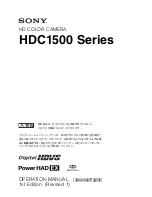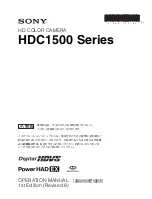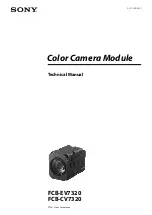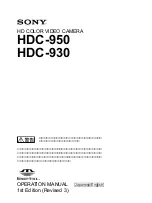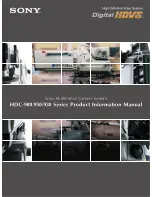
purposes, most users do not have it. Non-measuring devices that are used for imaging
only do not need temperature calibration. Sometimes this is also reflected in camera ter-
minology when talking about infrared or thermal imaging cameras compared with ther-
mography cameras, where the latter are the measuring devices.
The calibration information, no matter if the calibration is done by FLIR Systems or the
user, is stored in calibration curves, which are expressed by mathematical functions. As
radiation intensity changes with both temperature and the distance between the object
and the camera, different curves are generated for different temperature ranges and ex-
changeable lenses.
42.4
The differences between a calibration
performed by a user and that performed directly
at FLIR Systems
First, the reference sources that FLIR Systems uses are themselves calibrated and
traceable. This means, at each FLIR Systems site performing calibration, that the sour-
ces are controlled by an independent national authority. The camera calibration certifi-
cate is confirmation of this. It is proof that not only has the calibration been performed by
FLIR Systems but that it has also been carried out using calibrated references. Some
users own or have access to accredited reference sources, but they are very few in
number.
Second, there is a technical difference. When performing a user calibration, the result is
often (but not always) not drift compensated. This means that the values do not take into
account a possible change in the camera’s output when the camera’s internal tempera-
ture varies. This yields a larger uncertainty. Drift compensation uses data obtained in cli-
mate-controlled chambers. All FLIR Systems cameras are drift compensated when they
are first delivered to the customer and when they are recalibrated by FLIR Systems serv-
ice departments.
42.5
Calibration, verification and adjustment
A common misconception is to confuse
calibration
with
verification
or
adjustment
. In-
deed, calibration is a prerequisite for
verification
, which provides confirmation that speci-
fied requirements are met. Verification provides objective evidence that a given item
fulfills specified requirements. To obtain the verification, defined temperatures (emitted
radiation) of calibrated and traceable reference sources are measured. The measure-
ment results, including the deviation, are noted in a table. The verification certificate
states that these measurement results meet specified requirements. Sometimes, compa-
nies or organizations offer and market this verification certificate as a “calibration
certificate.”
Proper verification—and by extension calibration and/or recalibration—can only be
achieved when a validated protocol is respected. The process is more than placing the
camera in front of blackbodies and checking if the camera output (as temperature, for in-
stance) corresponds to the original calibration table. It is often forgotten that a camera is
not sensitive to temperature but to radiation. Furthermore, a camera is an
imaging
sys-
tem, not just a single sensor. Consequently, if the optical configuration allowing the cam-
era to “collect” radiance is poor or misaligned, then the “verification” (or calibration or
recalibration) is worthless.
For instance, one has to ensure that the distance between the blackbody and the camera
as well as the diameter of the blackbody cavity are chosen so as to reduce stray radiation
and the size-of-source effect.
To summarize: a validated protocol must comply with the physical laws for
radiance
, and
not only those for temperature.
#T810169; r. AN/42241/42268; en-US
123
Summary of Contents for GFx320
Page 1: ...User s manual FLIR GFx3xx series...
Page 2: ......
Page 3: ......
Page 5: ...User s manual FLIR GFx3xx series T810169 r AN 42241 42268 en US v...
Page 6: ......
Page 92: ...Mechanical drawings 25 See next page T810169 r AN 42241 42268 en US 80...
Page 95: ...EU Declaration of conformity 26 See next page T810169 r AN 42241 42268 en US 83...
Page 96: ......
Page 97: ...MET Compliance Data Report truncated 27 See next page T810169 r AN 42241 42268 en US 85...
Page 100: ...IEC IECEE Intertek Test Report truncated 28 See next page T810169 r AN 42241 42268 en US 88...
Page 102: ......
Page 103: ...IEC IECEE Intertek CB Test Certificate 29 See next page T810169 r AN 42241 42268 en US 91...
Page 104: ......
Page 105: ......
Page 106: ...MET Laboratories Test Certificate truncated 30 See next page T810169 r AN 42241 42268 en US 94...
Page 108: ...MET Laboratories Letter of Certification 31 See next page T810169 r AN 42241 42268 en US 96...
Page 163: ......

































